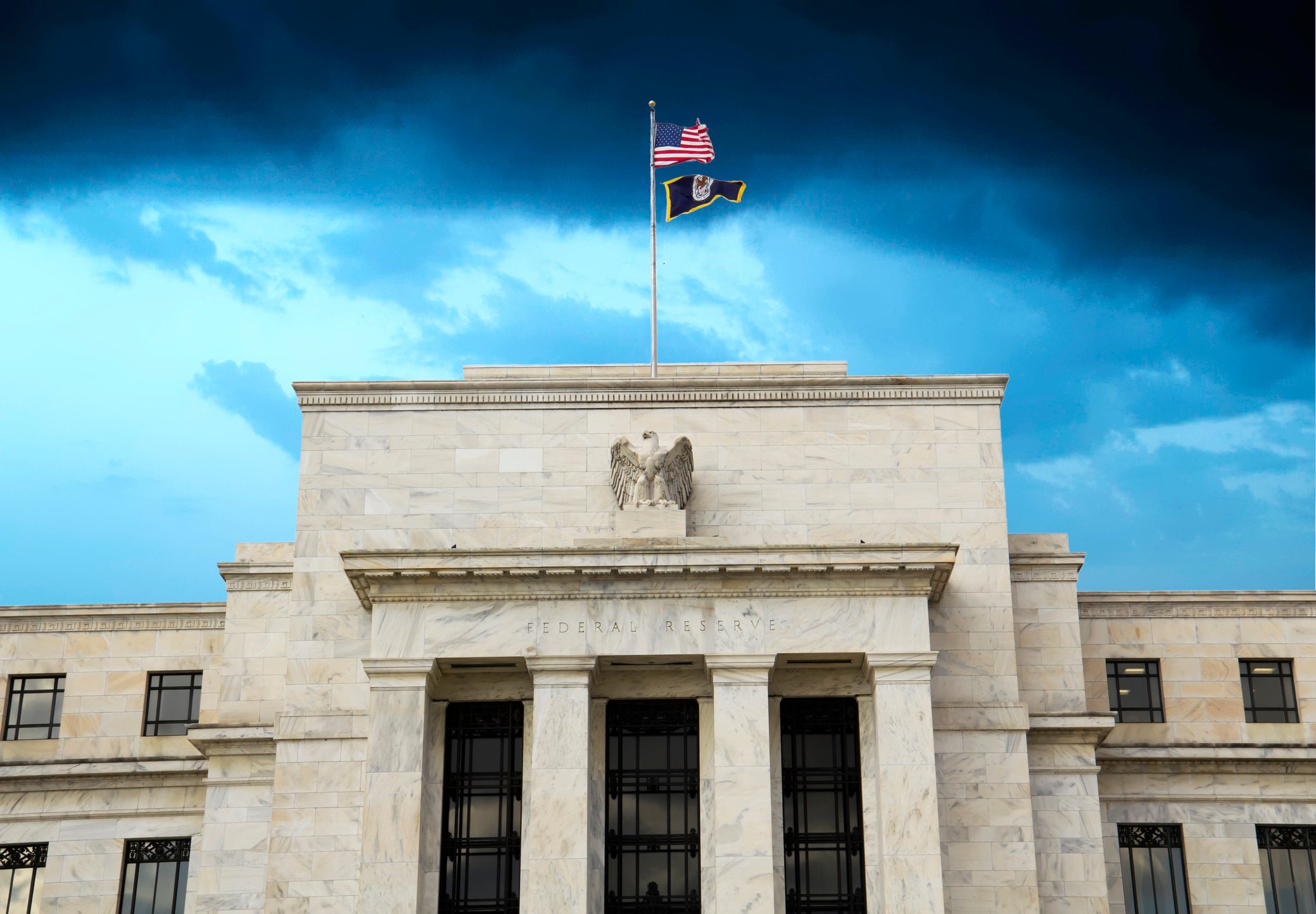Many people use the terms saving and investing interchangeably—assuming they’re just different paths to the same goal. But that’s a mistake that can cost you time, growth, and financial security. Saving is not investing. And investing is not saving.
Each serves a different purpose in your financial plan—and mixing them up can derail both.
What Is Saving?
Saving typically means putting money into a secure, accessible place such as:
- Bank savings account
- Fixed deposit
- Moneymarket account
The main goal is preserving your capital and keeping it liquid for short-term needs or emergencies.
Typical features of savings:
- Low risk (often insured or government-backed)
- Low returns (interest barely beats inflation)
- High liquidity (easy access in emergencies)
It is used mainly for:
- Emergency funds (3–6 months of expenses)
- Short-term goals (buying a car, vacation, etc.)
- Unexpected expenses (repairs, medical bills)
What Is Investing?
Investing means putting money into assets that can grow over time, such as: Stocks and mutual funds
- Bonds
- Real estate
- ETFs or index funds
The main purpose is to grow your wealth and outpace inflation over the long term.
Typical features of investing:
- Higher potential returns
- Higher risk (market fluctuations)
- Lower liquidity (some investments are not instantly accessible)
Use it for:
- Retirement savings
- Long-term wealth creation
- Beating inflation
- Funding major life goals (home, children’s education, etc.)
Why the Confusion Matters
Many people park their money in a savings account, thinking it's “safe” and forget about it. Over time, they’re shocked to see that their purchasing power has barely grown—or worse, decreased due to inflation.
Conversely, others may invest money they’ll need in a year, only to find themselves forced to sell during a downturn, locking in losses. But why does this happen?
- Losing Money Without Realizing It
One of the most dangerous myths in personal finance is that money sitting in a bank is “safe.” In nominal terms, it is. But in real terms (adjusted for inflation), your money is shrinking if it only earns 2–4% annually while inflation runs at 5–6%.
The comfort of “saving” can be a silent cost.
People who keep large cash reserves thinking they're being smart are often shocked 10 or 15 years later to realize how little purchasing power their money has retained.
- Miss the Power of Compounding
Time is your biggest ally when it comes to wealth creation—but only if you invest.
If you confuse saving with investing, you delay entry into the market. Every year you postpone investing is a year lost in potential compounding.
A person who starts investing $5,000/month at age 25 could have $ 20–30 ml more by retirement than someone who starts at 35—even with the same monthly amount.
- It Leads to Bad Asset Allocation Decisions
When people treat all money the same, they often:
- Keep too much in low-yield accounts
- Under-invest in productive assets
- Lack diversification
- Panic during market corrections due to poor liquidity planning
Instead of having the right mix of safety and growth, they end up with portfolios that are either too conservative or too risky—because they’re using the wrong tool for the job.
- It Creates a False Sense of Financial Security
People who save diligently might feel financially “prepared,” but if they never invest, they may fall short of long-term goals like:
- Retiring comfortably
- Paying for their child’s education
- Building intergenerational wealth
They may be shocked when they realize their savings haven’t grown nearly enough to keep up with real-life costs.
You can’t save your way to wealth. You need growth, too.
- It Delays Financial Maturity
Understanding the difference between saving and investing is often the first big mindset shift people make on the journey from financial survival to financial strategy.
Confusing the two keeps people in the scarcity mindset—focused on hoarding, playing defense, and avoiding risk—rather than learning to grow wealth strategically and confidently.
- It Can Cause Emotional Mistakes in the Market
When someone thinks of invested money as “savings,” they may panic during a downturn:
“I’m losing my savings!”
“What if I need that money next year?”
“Better pull out before it gets worse.”
These are common investing mistakes—caused by saving mindsets being applied to long-term growth assets. By separating savings (safe, liquid, short-term) from investments (volatile, growth-oriented, long-term), you can:
- Stay calm during market volatility
- Make more rational decisions
- Avoid emotional errors
- It Distorts Your Financial Planning Timeline
When saving and investing are confused, people often don’t align their money with their time horizon. For example:
Keeping retirement funds in a savings account
Investing money they’ll need next year in stocks
The result?
Either poor growth or bad timing risk—both damaging.
Knowing the difference helps you match your strategy to your needs:
- Saving is about safety.
- Investing is about growth.
You need both—but you need to know which is which.

So, How Should You Think About It?
Start by saving. Build an emergency fund, cover your short-term needs, and ensure liquidity. Then, invest for the future. Once your foundation is solid, put your surplus to work in long-term growth vehicles. Don’t let fear stop you from investing. Leaving too much in savings over long periods can feel “safe”—but it’s quietly eroding your future buying power.
Match your money to your timeline.
- Need it in 6 months? Save it.
- Won’t touch it for 5+ years? Invest it.
- Know What Your Money Is Doing
- Every dollar you earn has a job.
- Some are meant to protect you.
- Others are meant to grow.
- Don’t confuse the two.
Use both saving and investing intentionally, and you’ll build a stronger, smarter financial future.
EXPLORE MORE POSTS
Market Shaken by Renewed U.S. - China Tensions & Credit Fears
Renewed U.S.-China trade tensions and banking concerns triggered a sharp global...
Read Moreby Jerry Yuan
Why a Traditional Financial Advisor May Be Failing You ?
For decades, the traditional financial advisor has symbolized trust, expertise,...
Read Moreby Irman Singh
Fed Minutes Show Split Outlook: Rate Cuts Expected, but Inflation Maintains Caution
Divided Fed, uncertain path ahead — rate cuts are coming, but sticky inflation...
Read Moreby Jerry Yuan
From Insight to Execution: The Algo Way
Algorithmic investing, once the domain of hedge funds and prop desks, has...
Read Moreby Irman Singh
Drug Prices Drop, Pharma Faces a New Game
by Jerry Yuan
AI and Investing : Smarter Decisions, Sharper Insights
Artificial Intelligence (AI) is transforming the way investment decisions are...
Read Moreby Irman Singh
U.S. Tariffs Reshape Markets : Inflation, Supply Chains, and Equity Risks
by Jerry Yuan
The Overlooked Basics of Family Office
Family offices are created to simplify wealth management, protect assets, and...
Read Moreby Irman Singh
First Fed Cut in a Year: Growth Hopes, Softer Backdrop
The Fed’s first rate cut since 2024 signals a cautious pivot as growth stays...
Read Moreby Jerry Yuan
Smart Diversification for Today’s Economy
For high net worth (HNW) investors, diversification is not just about owning a...
Read Moreby Irman Singh
Markets Gain as Job Market Strains Push Fed Toward Rate Cuts
Weak jobs data has shifted the Fed’s focus from inflation to employment, making...
Read Moreby Jerry Yuan
Why Retirement Accounts Remain the Biggest Opportunity
Investors in the United States often overlook retirement accounts in favor of...
Read Moreby Irman Singh
U.S. Jobs Report: From Resilience to Contraction
The August jobs report signaled a sharp labor market slowdown, with just 22,000...
Read Moreby Jerry Yuan
Decoding FIRE: How Americans Are Redefining Retirement
The FIRE movement—Financial Independence, Retire Early is a personal finance...
Read Moreby Irman Singh
U.S. GDP Rebound Fuels Market Highs
The U.S. economy surprised with strong Q2 growth, easing recession fears and...
Read Moreby Jerry Yuan
The Big Three Risks Investors Must Plan for in Retirement
Retirement success for U.S. HNWIs isn’t just about wealth—it’s about...
Read Moreby Irman Singh
Powell Signals September Rate Cut, Markets Hit Record Highs
by Jerry Yuan
I’m Too Young to Think About Retirement – Or Am I?
If you’re in your 20s or 30s, retirement may feel like a distant...
Read More




















